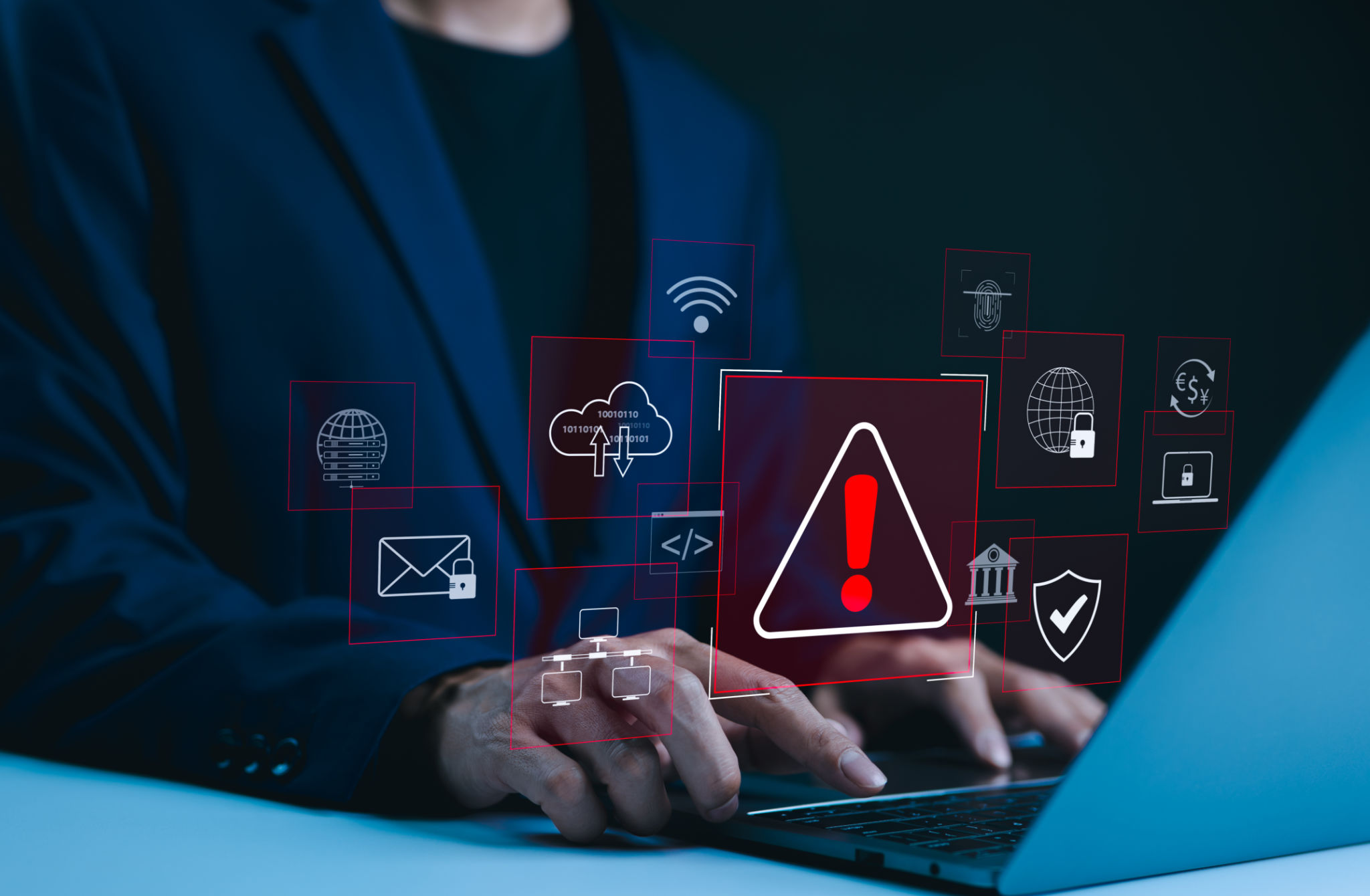Protecting Your Digital Assets: Expert Tips for Small Businesses
Understanding the Importance of Digital Asset Protection
In today's digital age, small businesses face a myriad of challenges when it comes to protecting their digital assets. From customer data to proprietary information, ensuring that your digital assets are secure is not just a necessity, but a critical component of business success. Failing to protect these assets can lead to significant financial losses, reputational damage, and legal repercussions.

Digital assets encompass a wide range of data, including emails, documents, and intellectual property. As the digital landscape continues to evolve, so do the threats that target these assets. Cybercriminals are becoming more sophisticated, and small businesses must stay vigilant to safeguard their sensitive information.
Implementing Robust Security Measures
One of the first steps in protecting your digital assets is implementing robust security measures. Start by ensuring your network is secure with up-to-date firewalls and antivirus software. Regularly update all software and systems to patch vulnerabilities that could be exploited by hackers.
Strong password policies are also essential. Encourage employees to create complex passwords and change them regularly. Consider implementing two-factor authentication for an added layer of security.

Employee Training and Awareness
Your employees play a crucial role in protecting your digital assets. Conduct regular training sessions to educate them about cybersecurity best practices, such as identifying phishing emails and avoiding suspicious links. Make sure they understand the importance of safeguarding sensitive information and the potential consequences of security breaches.
Creating a culture of awareness within your organization can significantly reduce the risk of human error, which is often a leading cause of security incidents.
Data Backup Strategies
Regular data backups are crucial for protecting your digital assets. In the event of a cyberattack or system failure, having a recent backup can mean the difference between recovery and permanent data loss. Implement a comprehensive data backup strategy that includes both onsite and offsite backups.
Utilize cloud storage solutions for additional protection and ensure that backups are tested regularly to verify their integrity and reliability.

Monitoring and Incident Response
Continuous monitoring of your network and systems is essential for detecting potential threats early. Utilize advanced monitoring tools to identify unusual activity and respond promptly to any signs of a breach.
Develop an incident response plan that outlines the steps to take in the event of a security breach. Ensure that all employees are familiar with this plan and understand their roles in mitigating the impact of an attack.
Staying Informed About Emerging Threats
The cybersecurity landscape is constantly changing, with new threats emerging regularly. Stay informed about the latest security trends and vulnerabilities by subscribing to cybersecurity newsletters and participating in relevant forums and webinars.
By keeping up to date with emerging threats, you can proactively adjust your security strategies to better protect your digital assets.

Conclusion
Protecting your digital assets is an ongoing process that requires vigilance, education, and adaptation. By implementing strong security measures, training employees, backing up data, and staying informed about emerging threats, small businesses can significantly reduce their risk of cyberattacks. Investing time and resources into safeguarding your digital assets is not only prudent but essential for long-term success.